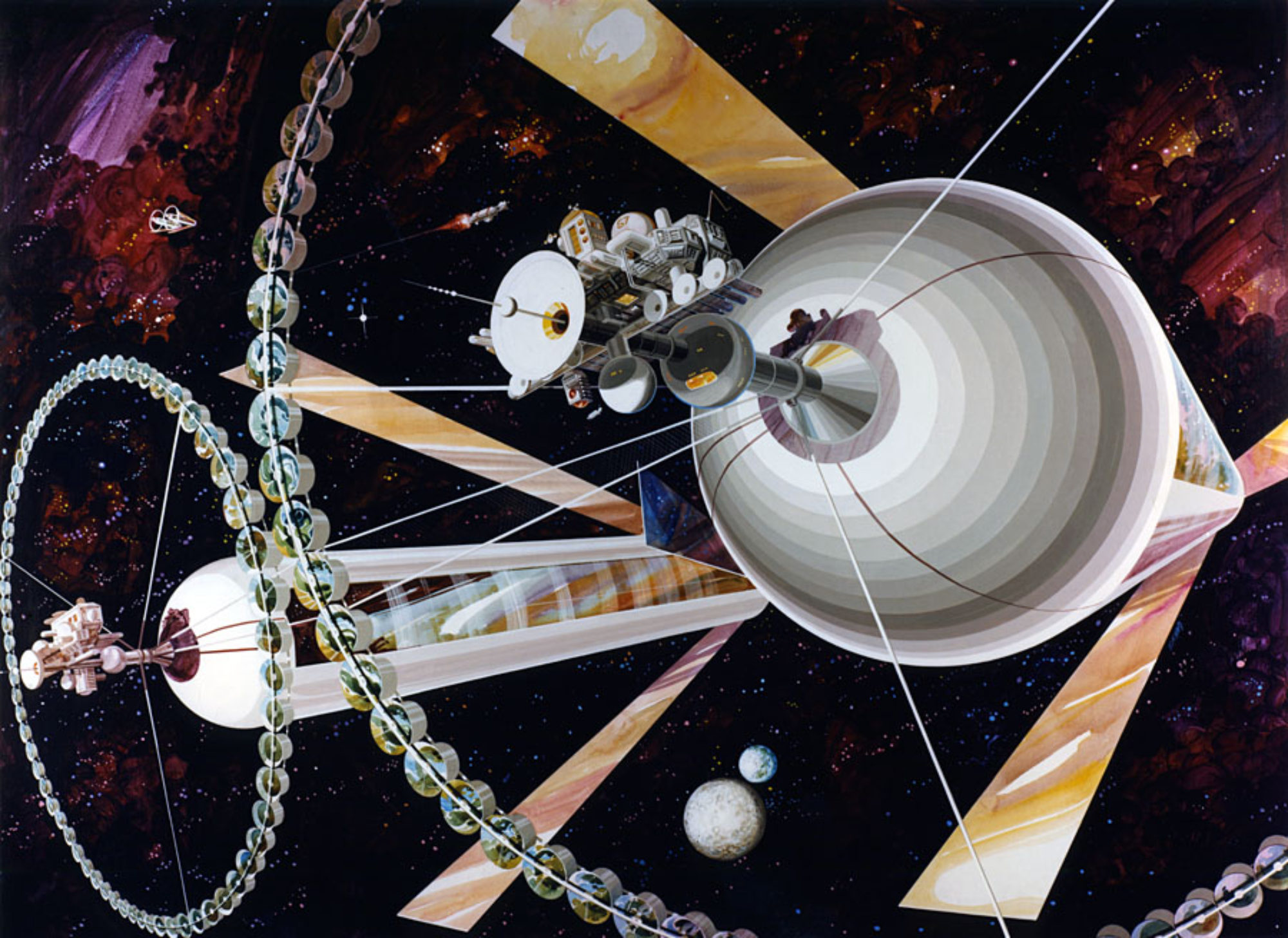
One of the difficulties of designing solar power systems for use on the Moon is the challenge of energy storage during the 14 day lunar night at lower latitudes far from the peaks of eternal light at the poles. Such systems would benefit from technology that leverages in situ resource utilization (ISRU) for this critical function rather then expensively transporting batteries from Earth. It would be ideal to model these systems prior to use via computer simulations to optimize the design before bending metal. In the journal Advances in Space Research, Spanish physicists Mario F. Palos and Ricard González-Cinca explore this approach in a paper that examines an ISRU-based system for energy storage and electricity generation.
The architecture of the proposed system, dubbed Lunar ISRU Energy Storage and Electrical Generation (LIESEG), collects solar energy during the lunar day via a mirror field to concentrate sunlight on a receiving pipe containing a heat transfer fluid (e.g. molten sodium). The heated fluid flows to a thermal mass raising the temperature of the energy reservoir. The resultant stored thermal energy from the reservoir is discharged through a second fluid loop used to drive a Stirling engine for electricity production during both day and night. A third heat rejection loop thermally regulates the system by transferring heat from the cold side of the heat engine to the radiator. This modular design balances efficiency and durability under extreme lunar conditions.
The ISRU implementation angle of the study emphasizes the use of lunar regolith and other local materials to minimize reliance on Earth-based supplies. This not only reduces launch costs but also aligns with long-term sustainability goals for lunar habitats.
To analyze the LIESEG system performance, simulations were carried out using EcosimPro software, a tool used by the European Space Agency in multiple aerospace applications, to assess power output, efficiency, and scalability. A comprehensive theoretical model based on the thermodynamics of the subsystems under lunar conditions was developed to analyze the energy flow and efficiency of the system. The study evaluated the specific power performance (power output divided by launch mass) of the system, highlighting its potential to be superior to other conventional methods like photovoltaic systems or nuclear reactors in terms of mass efficiency and sustainability. It also discusses the influence of key factors like the thermal conductivity of lunar regolith, the size and orientation of solar collectors, and the efficiency of the Stirling engine.
The authors conducted a detailed trade-off analysis of technologies, considering criteria like transportability, installation complexity, operational reliability, scalability, and lifespan. Solar collection and thermal conversion technologies were highlighted as critical components for achieving operational stability.
The proposed LIESEG system offers a promising approach for sustainable energy production on the Moon, potentially reducing reliance on Earth-launched resources and enabling longer, more autonomous missions. The system’s feasibility was demonstrated through computer modeling whose results show LIESEG to be practical for initial lunar missions with lower energy needs, as well as for later advanced bases requiring higher power outputs (up to 100 kWe and beyond). This research shows that a LIESEG system has merit for planning future development of energy infrastructure supporting initial lunar outposts and eventually, permanent settlements on the Moon.





